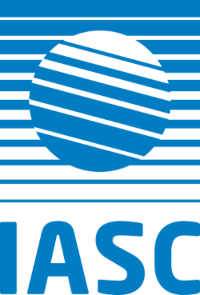
When glaciers advance over the landscape, they grind down terrestrial materials and generate prodigious amounts of fine particles called “glacial flour.” This material is released during glacial melting, where some of it makes its way out into fjordal systems, and the rest is deposited onto proglacial floodplains. Here, these sediments are dried out and picked up by the strong katabatic winds blowing away from the glacier and deposited as dust onto the surrounding terrestrial environment. Because glacial dust is composed of many elements that serve as the basic building blocks of life, it represents a key subsidy to the low nutrient ecosystems surrounding the glacier.
In my current post-doc position at Loughborough University, we are studying how the deposition of these glacially-derived elements influences ecological dynamics in Greenlandic lakes. By focusing on elements, we hope to gain a better idea of how these ecosystems are built from the bottom-up and how dust deposition influences biogeochemical cycling in lakes. This work has helped me to appreciate the intricate relationships among different parts of the Arctic environment, and as an incoming IASC Fellow in the Terrestrial Working Group, I’ve been excited by the organization-wide commitment to fostering cross-system collaborations. Over the course of my fellowship, I hope to contribute to these efforts by helping to study connections across Arctic systems as part of the T-MOSAiC program.
Get in contact with Clay!
